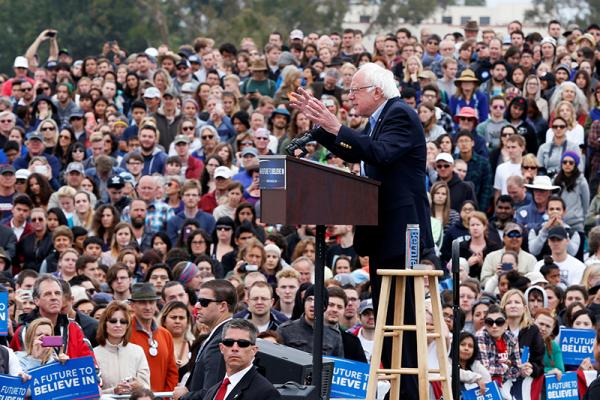Jun 7, 2016
As Bernie Sanders’ insurgent campaign for the Democratic presidential nomination heated up in these past months, so too did comparisons between the fervor fueling Sanders’ political movement and the faith-based mobilization of an old-time religious revival.
“More than any other candidate Bernie draws on the language of right and wrong to make his pitch. Politics for Bernie isn’t a job, it’s a crusade,” Grant Diamond, pastor of Faith Baptist Mill Creek, west of Chicago, wrote on his blog last month.
Read the Full Article

Already a subscriber? Login
